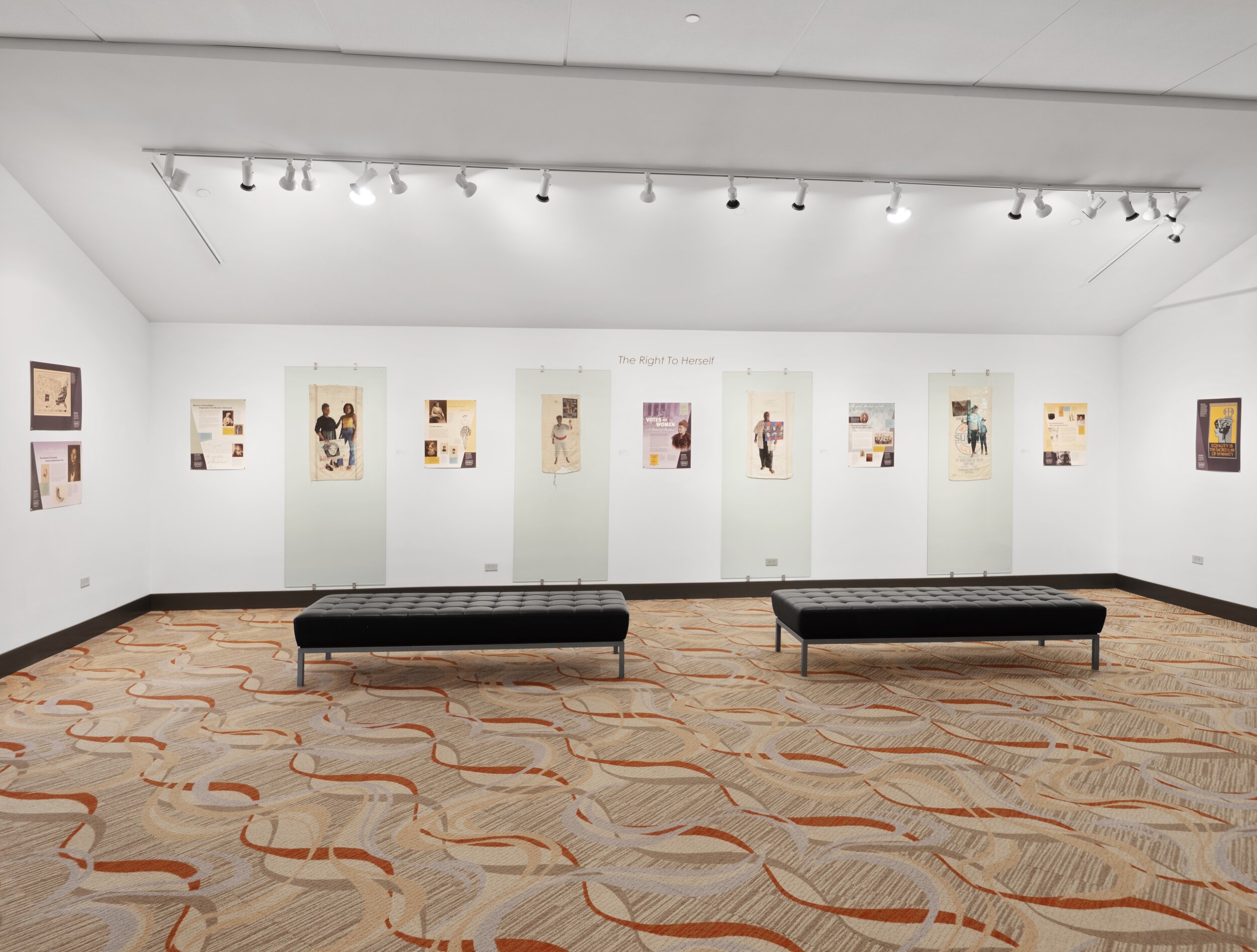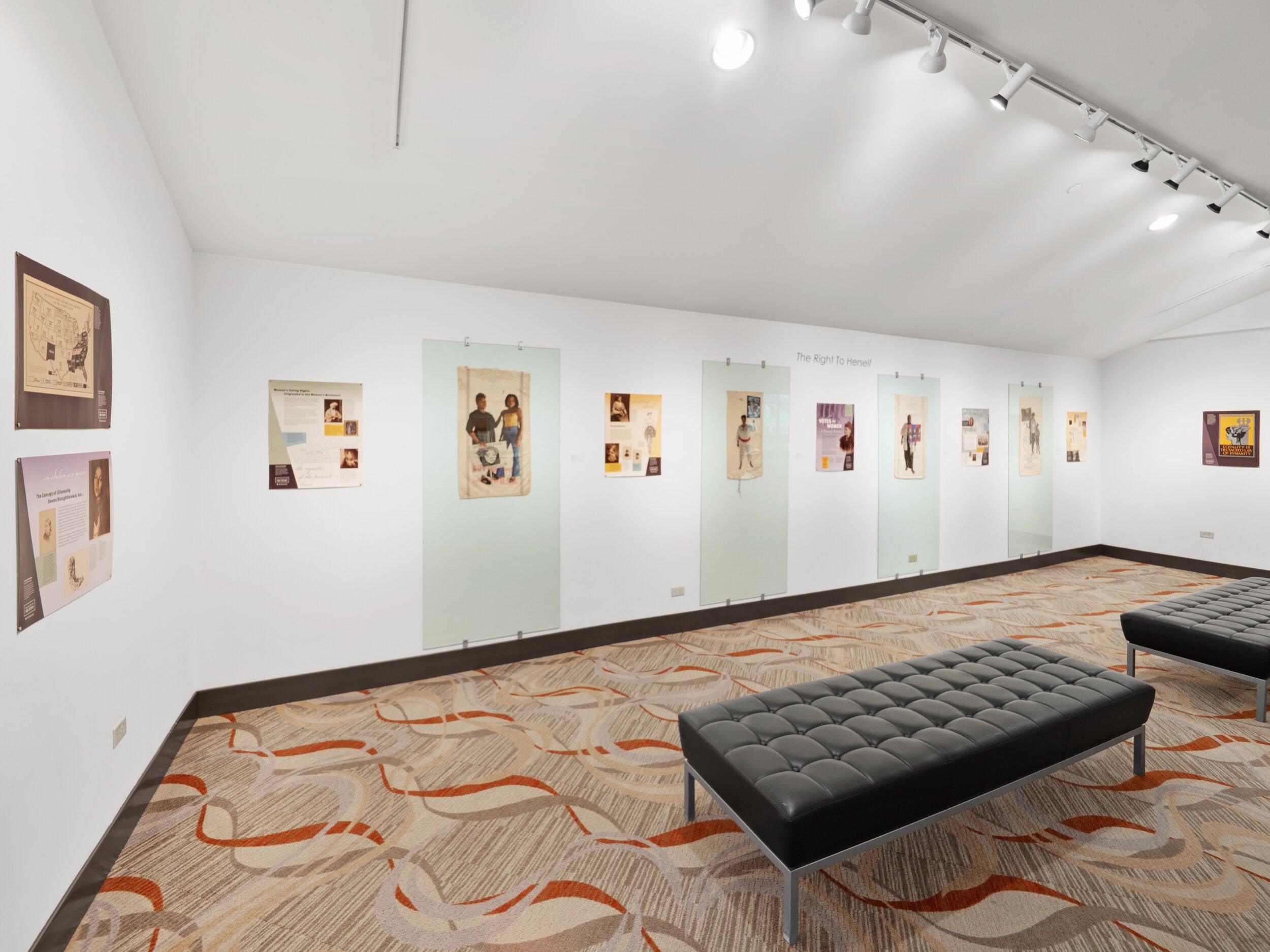EXHIBITION DETAILS
The Right to Herself
October 20 – November 28, 2020 - Lincoln Center Gallery, Fort Collins, CO
October 20 – December 19, 2020 - Clara Hatton Gallery at Colorado State University in Fort Collins, CO
Co-curated by: Lauren Cross, Ph.D, MFA and Hamidah Glasgow, MA, Executive Director and Curator, The Center for Fine Art Photography.
The Right to Herself exhibition and related programs will provide a lens to view works by women artists who self-identify as indigenous, women of color, and/or embody diverse racial, ethnic, and economic identities to share their various perspectives on the intersections of gender equity, and the influence of women of color on the suffrage and equal rights movement both in contemporary society and in history.
To learn more about each exhibition venue and to see images from the shows go to The Right to Herself - Hatton and The Right to Herself - Lincoln.
STATEMENT
The Right To Herself exhibition explores the cultural nuances behind the 19th Amendment—its complicated promise of human rights, liberty and equity—and the search for agency through diverse works of art.
The Right To Herself exhibition examines the complexities of the 100th anniversary of the passing of the 19th amendment. Though the law legally prohibited the denial of the right to vote based on sex, many women of diverse backgrounds in the U.S. were unable to exercise that right. In this way,
The Right to Herself exhibition and related programs will provide a lens to view works by women artists who self-identify as indigenous, women of color, and/or embody diverse racial, ethnic, and economic identities to share their various perspectives on the intersections of gender equity, and the influence of women of color on the suffrage and equal rights movement both in contemporary society and in history. The exhibition will reflect on the vote as a promise for agency and voice within society, and its relationship to diverse communities. In featuring these themes, the show will recall, reclaim, and reimagine the power of women from different racial, ethnic, and class-based histories in front of the lens and rectify their lacking presence within photography and art history.
- Lauren Cross














